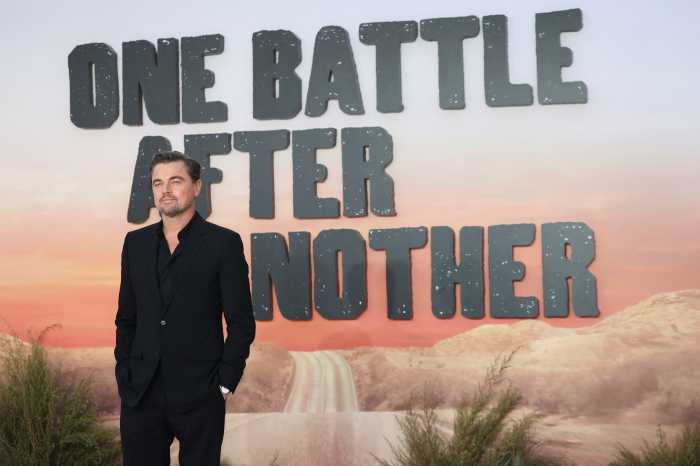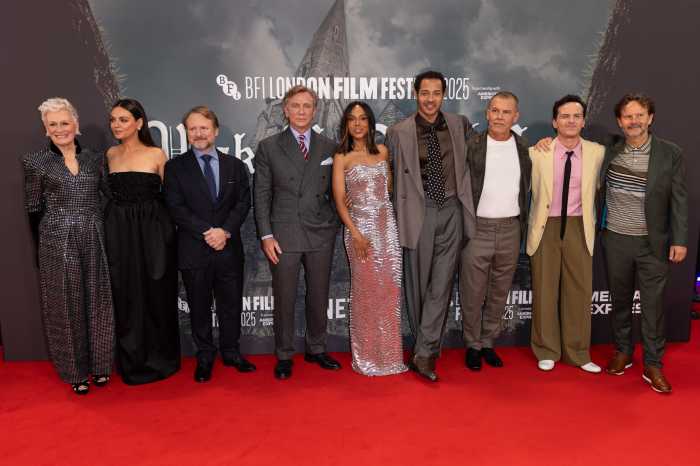Michelle Tesoro, picture editor on Netflix’s latest trending series, “The Queen’s Gambit,” starring Anya Taylor-Joy emphasized the need for a picture editor to be responsive to the passage of time.
Tesoro describes her role in the production process as a demanding one, requiring that you cut together footage from a day’s shoot, before restructuring it to form a chronology that matches the director’s vision and tells a story that was once “inside the head of somebody else years prior to me getting my hands on it.”
The first “somebody else” in question here is Walter Tevis, upon whose novel the most-watched Netflix show of the past week was based. Tevis’ Beth, a Kentucky orphan turned Grandmaster who beats clever Soviets “at their own game” in 1960’s Russia and Europe is a truly compelling female imaginary.
Troubled and gifted in equal measure, Beth’s history is populated by strong women who bolster her in an against-the-odds coming of age tale. Moses Ingram is superb as Beth’s confidante Jolene, who takes her under her wing as she navigates a state orphanage that both instructs and drugs her, setting her on a pathway of substance abuse while also facilitating her journey into the male-dominated world of competitive chess.
For Tesoro, the biggest challenge for this limited miniseries was in “figuring out how to make chess cinematic. And how not to bore people.” Taylor-Joy’s lead character is brought to life by Tesoro’s skillful editing that weaves together her troubled past and precarious present. With a Twiggy-esque wardrobe and an introductory scene that sees the female protagonist awaken bleary-eyed in a bathtub, not late for opening a show at Madison Square Garden but for the chess world championships, screenwriter Scott Frank’s protagonist is fiercely cerebral, anything but boring and joyously defies the words of chess curmudgeon Bobby Fisher who once stated, “They’re all weak, all women. They’re stupid compared to men. They shouldn’t play chess.”
The feminist echoes of this hit TV show are explored elsewhere in Tesoro’s 20-year career as a film editor, with previous credits including the narrative Ruth Bader Ginsburg film “On the Basis of Sex,” which was released in 2018 alongside the documentary of the same name. Not easily star-struck, the editor noted that Ginsburg made her nervous when she arrived with her clerks and extended family to view and approve the movie in DC. In a charming anecdote, Tesoro recalled how the justice was “very small and soft-spoken” and “very interested” to hear about the progress Tesoro’s husband, a special effects producer, was making on the big screen adaptation of “Wonder Woman.”
While considering this series in the context of our viewership, two things come to mind: as Tesoro noted, this latest wave of Netflix programing may mark the last wave of truly “new” shows, filmed pre-pandemic, that we are able to enjoy. Secondly, “The Queen’s Gambit” is addictive fare, and therefore perfectly suited to the Netflix “binge-watch” parameters that, interestingly, have marked Tesoro’s career. Her first job for Netflix was on David Fincher’s “House of Cards,” a series which restructured her day job by adding the questions: “How do the episode’s run together?” and “If one was so inclined, could the entire season be watched at once?” Questions that could be answered: very well and yes, easily.

























